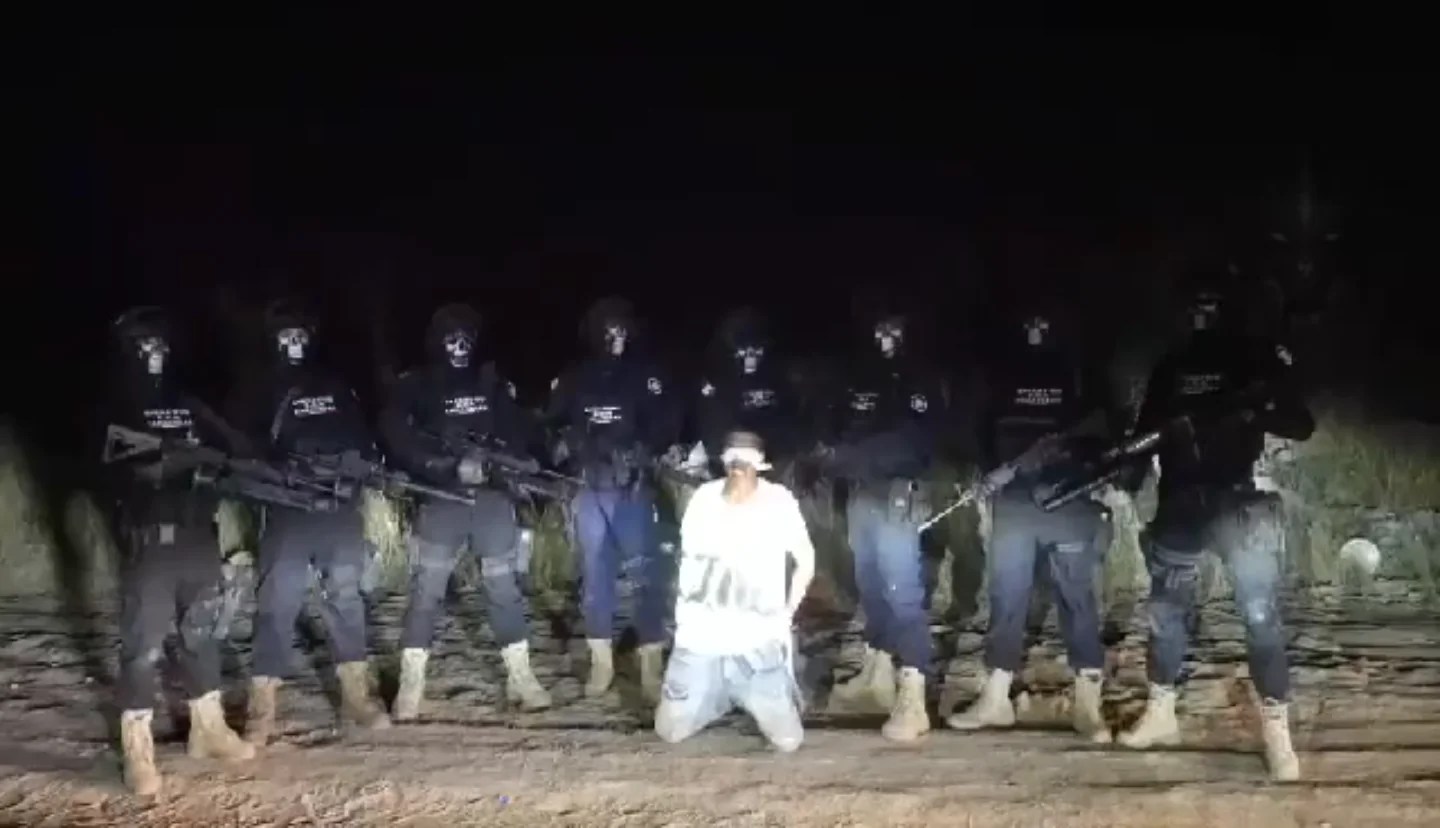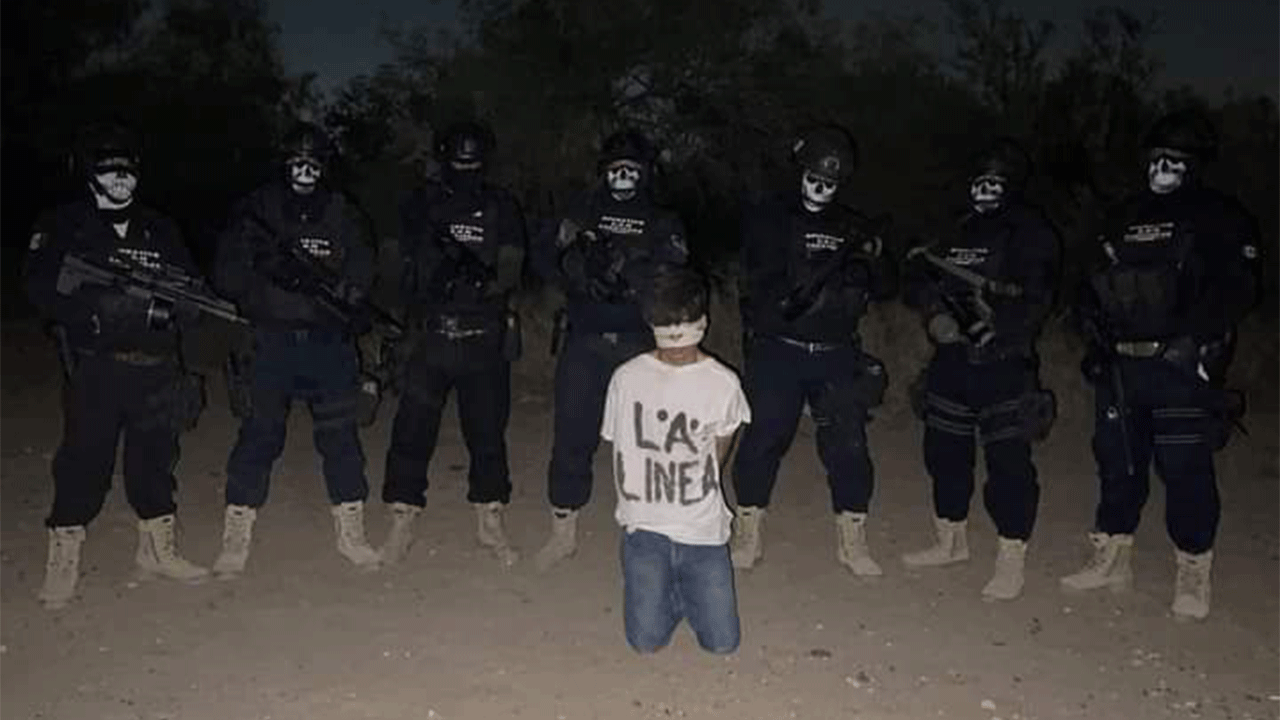In the heart of Mexico lies a haunting narrative woven into its rich tapestry of history, myth, and folklore—the Zacatecas Flaying. This captivating story, steeped in the traditions and beliefs of the indigenous peoples, highlights the intersection of culture, ritual, and the macabre. The flaying itself is not merely an act of violence but serves as a profound symbol of both punishment and transformation, making it a compelling topic for those intrigued by the darker aspects of human nature.
The story of the Zacatecas Flaying unfolds against the backdrop of the historic city of Zacatecas, known for its stunning architecture and vibrant culture. This event is not just a chilling tale; it reflects the complex social dynamics and power struggles of the time. The flaying, often associated with sacrificial rituals, poses significant questions about the beliefs and practices of ancient civilizations, shedding light on their understanding of life, death, and the afterlife.
As we delve deeper into the enigmatic depths of the Zacatecas Flaying, we will explore its historical significance, the various interpretations surrounding it, and its lasting impact on contemporary culture. What can this gruesome ritual teach us about the societies that practiced it? How has the narrative of the Zacatecas Flaying evolved over time? Join us on this journey to uncover the layers of meaning behind one of Mexico's most chilling legends.
What is the Historical Context of the Zacatecas Flaying?
The Zacatecas Flaying is rooted in a rich historical context that dates back to pre-Columbian times. The indigenous cultures of Mexico, such as the Aztecs and the Tarascans, engaged in various forms of ritualistic practices that often included human sacrifice and flaying. These acts were believed to appease the gods and ensure the continuity of life and prosperity for their communities.
How Did the Flaying Ritual Evolve Over Time?
Over the centuries, the practice of flaying has undergone significant transformations, influenced by factors such as Spanish colonization and the spread of Christianity. The arrival of the Spanish in the 16th century introduced a complex interplay between indigenous beliefs and European ideologies. The flaying rituals became intertwined with the narratives of sin and redemption, leading to a fascinating evolution of the practice.
Why was Flaying Considered a Form of Punishment?
Flaying was not solely a ritual practice; it also served as a form of punishment for various offenses. Those deemed guilty of severe crimes faced this gruesome fate as a deterrent to others. The act of flaying was symbolic, demonstrating the power of the ruling authorities and instilling fear within the community. It was a stark reminder of the consequences of transgressing societal norms.
Who Were the Victims of the Zacatecas Flaying?
The victims of the Zacatecas Flaying varied widely, ranging from criminals to individuals considered enemies of the state or society. Often, the selection process was influenced by the political and social climate of the time. The flaying of a prominent figure could serve as a warning to others, reinforcing the authority of those in power.
What Role Did Religion Play in the Zacatecas Flaying?
Religion played a significant role in the rituals surrounding the Zacatecas Flaying. The indigenous peoples of Mexico believed in a pantheon of gods who required offerings to maintain balance in the universe. Flaying was seen as a sacred act, a way to honor deities and ensure agricultural fertility, health, and prosperity for the community.
How Has the Zacatecas Flaying Influenced Modern Culture?
The legacy of the Zacatecas Flaying continues to resonate in contemporary culture, inspiring literature, art, and folklore. The morbid fascination with this dark chapter in history has led to various interpretations and adaptations, from horror stories to academic analyses. The intricacies of the flaying ritual invite discussions about morality, power, and the human condition.
What Can We Learn from the Zacatecas Flaying?
The Zacatecas Flaying serves as a profound reminder of the complexities of human nature and societal structures. By examining this historical event, we can gain insight into the values, beliefs, and fears of ancient civilizations. It compels us to confront the darker aspects of our history while fostering a deeper understanding of the present.
Conclusion: The Enduring Mystery of the Zacatecas Flaying
The Zacatecas Flaying is more than just a chilling tale; it is a reflection of the intricate relationships between culture, power, and belief. As we continue to explore this haunting narrative, we uncover valuable lessons about humanity's capacity for both creation and destruction. The story of flaying in Zacatecas serves as a bridge between the past and the present, reminding us of the enduring impact of history on our understanding of ourselves and the world around us.
The Enigmatic Ears Of Robert De Niro: A Closer Look
Unveiling The Life And Legacy Of Angela Wicky
Discovering The Joy Of Movies: An Exploration Of Cinematic Bliss


